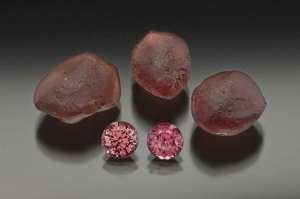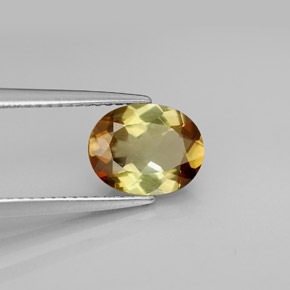VapidLapid
Ideal_Rock
- Joined
- Feb 18, 2010
- Messages
- 4,273
PrecisionGem|1328581271|3120582 said:For tourmaline with a very dark, or closed C axis, you need to minimize this axis. To do this, you use very steep angles on the C axis plane. Opposed bar cuts work very well for these stones as the ends are cut at around a 70 degree angle. If you tried to cut a traditional cushion or round from a closed axis stone, the finished stone would be just about totally closed up, and you would have a black stone. Often green tourmaline crystals have an open C axis, but not as nice a color, so the same types of cuts are used on these stones to minimize the undesirable color.
I don't have this stone any more, but I would think the C axis on this one was closed or almost closed, yet with the step end angles the effect of the closed axis is greatly reduced.
I would naturally expect that if the stone was cut on the c-axis, but what if it was cut on the a or b? Wouldn't it then at least be bright twice a day at 12 o'clock and 6 o'clock?









300x240.png)